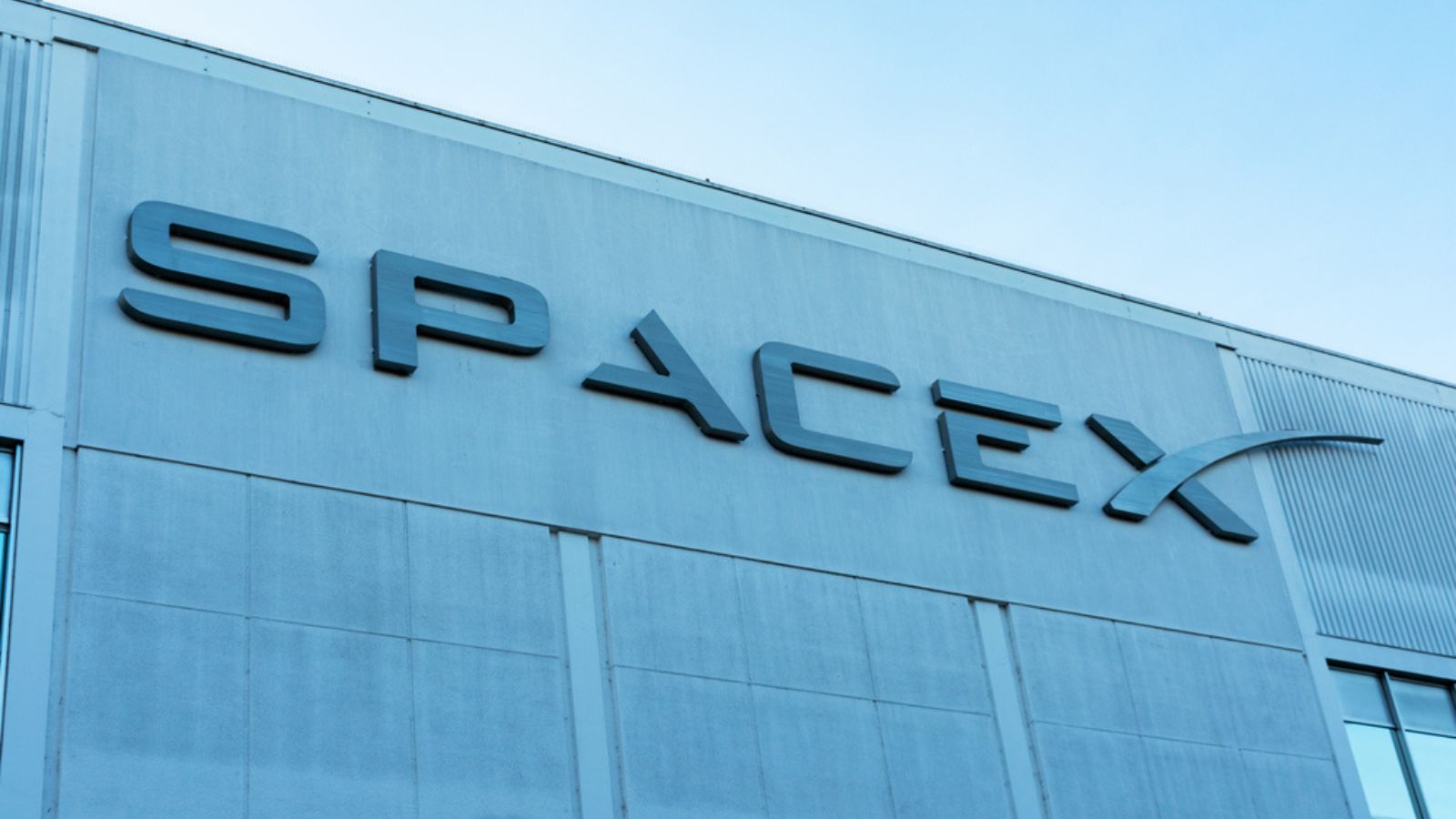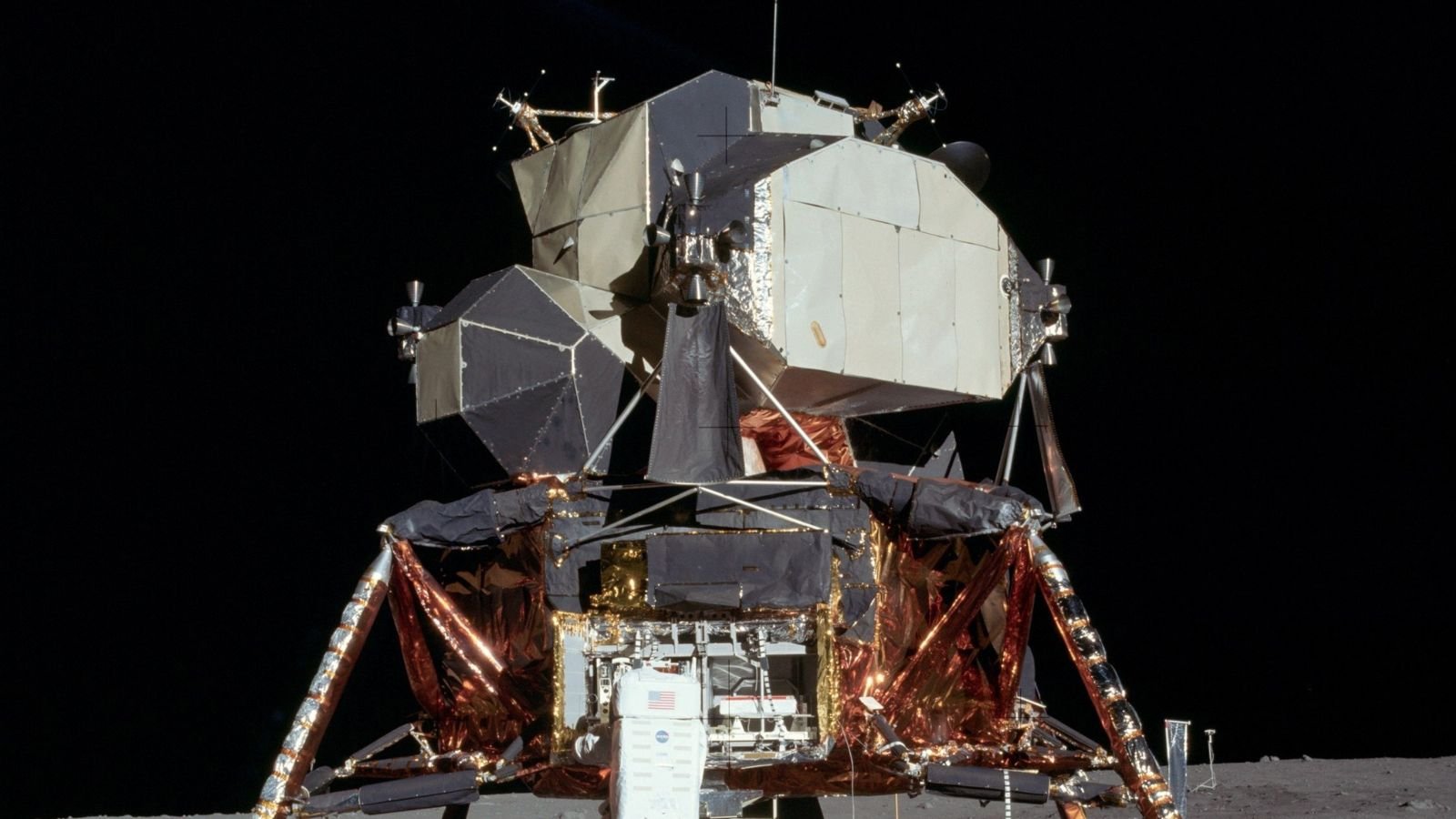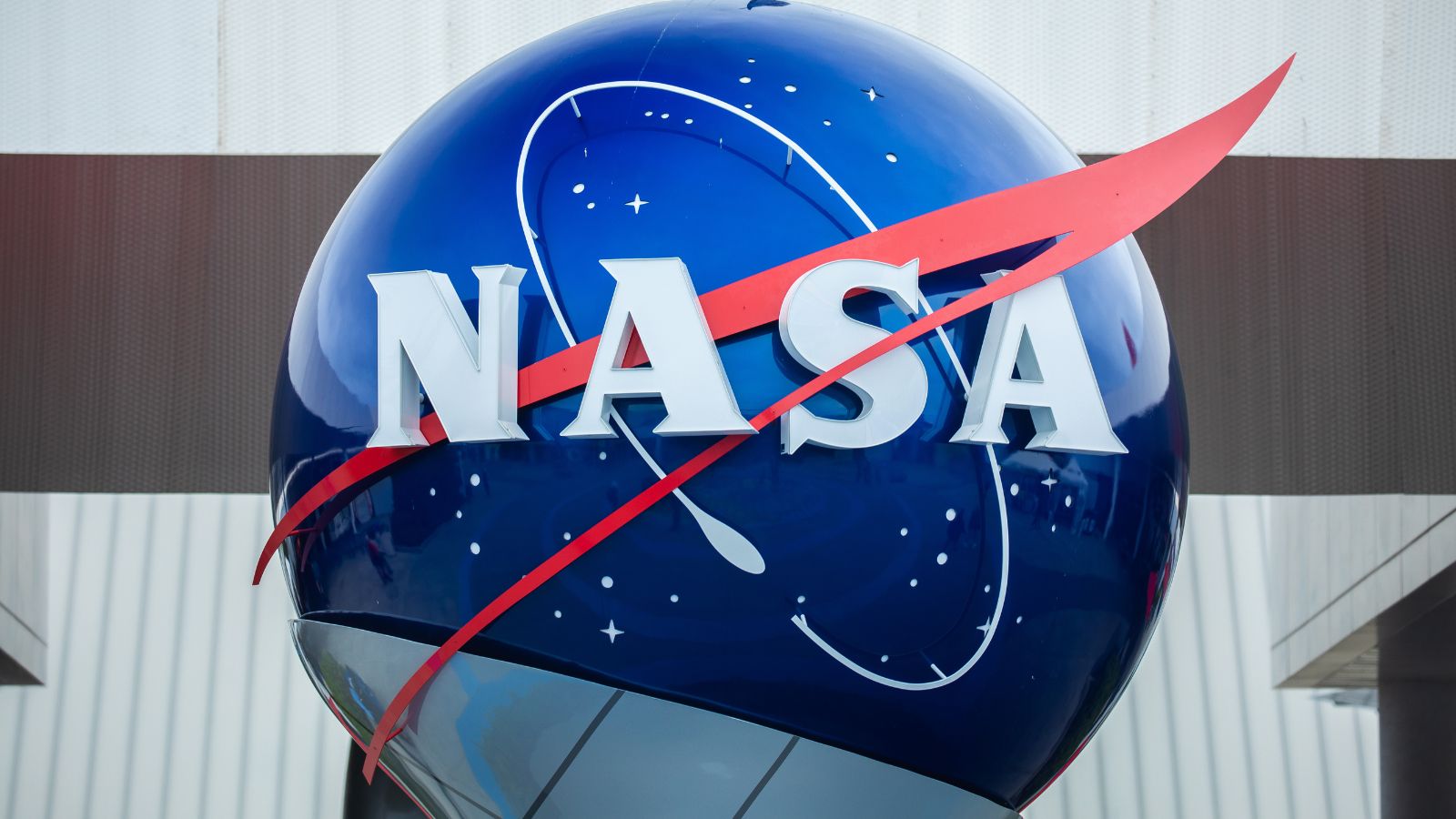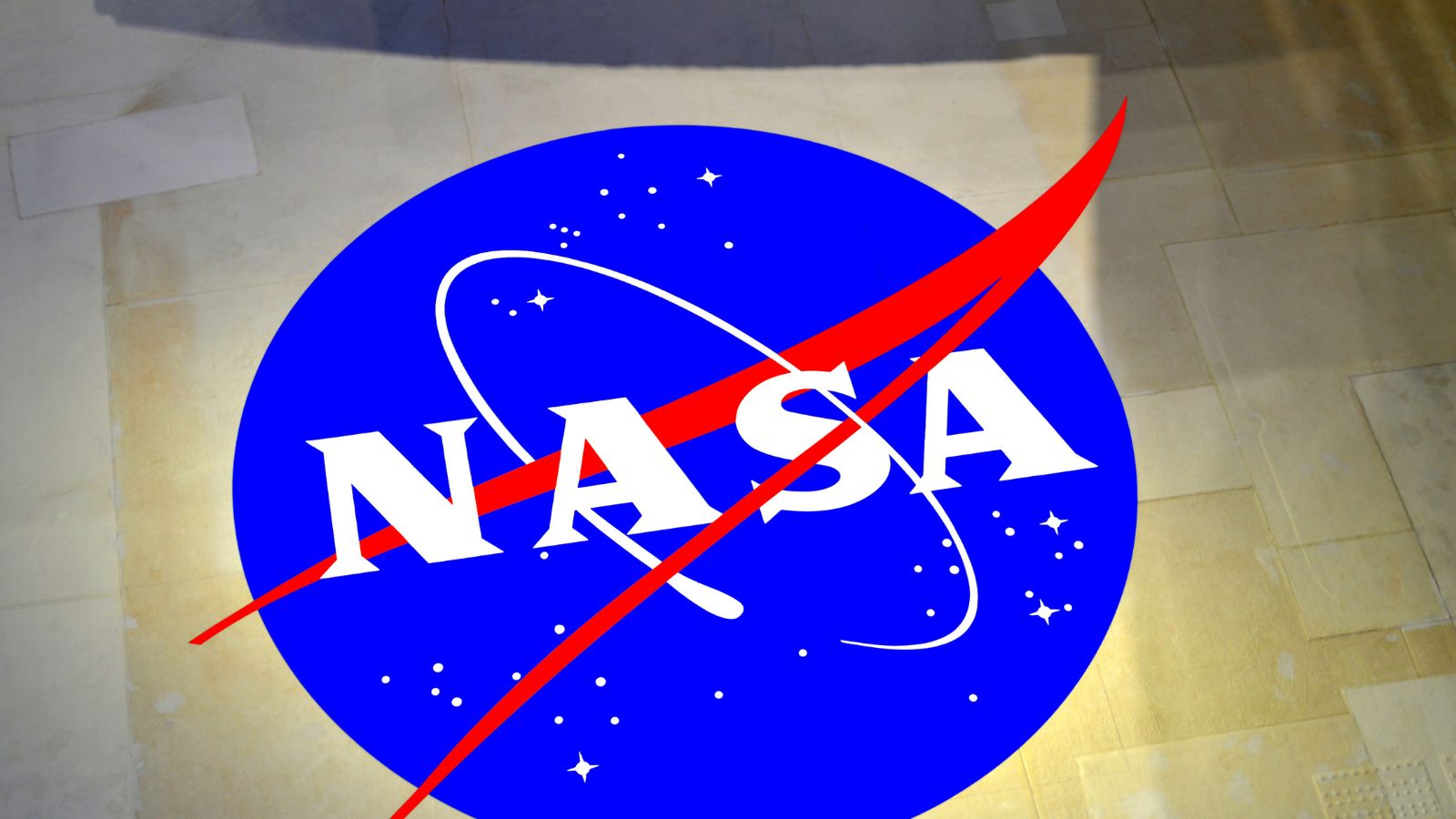American space exploration witnessed a significant milestone as the Odysseus spacecraft, the first commercial American lander, touched down on the moon after more than half a century.
Operated by Intuitive Machines, this uncrewed spacecraft represents a remarkable achievement in lunar exploration and sets the stage for future endeavors in space.
Odysseus Lands on the Moon

After a week-long journey aboard a SpaceX rocket, the Odysseus spacecraft made a gentle landing on the lunar surface, becoming the first American-built spacecraft to achieve this feat since NASA’s final Apollo mission in 1972.
The successful landing, which occurred at 523 p.m. CST, marks a significant advancement in space exploration.
Welcome to the Moon

“Houston, Odysseus has found its new home,” Stephen Altemus, president and CEO of Intuitive Machines announced, 10 minutes after landing due to some communications challenges.
“I know this was a nail-biter but we are on the surface and we are transmitting,” Altemus said. “Welcome to the moon.”
Introducing the Odysseus Lunar Lander

Named after the legendary Greek hero, the Odysseus lander is a product of Intuitive Machines, designed to transport cargo for NASA and other private customers to the lunar surface.
With a height of 14 feet and six legs for stability, the lander represents a pioneering effort in commercial space travel.
Challenges Faced Along the Way

While the journey to the moon was not without its challenges, including temporary communication delays, the Odysseus mission overcame obstacles with resilience and determination.
Unlike previous attempts by other companies, Intuitive Machines successfully navigated its spacecraft to its intended destination.
Lessons from Previous Attempts

The Odysseus mission follows previous attempts by aerospace companies, such as Astrobotic’s Peregrine lander, which encountered setbacks leading to mission failure.
Learning from past experiences, Intuitive Machines ensured the success of its lunar landing through meticulous planning and execution.
Journey to Lunar Orbit

Following its separation from the SpaceX rocket, the Odysseus lander embarked on a 48-minute journey to reach lunar orbit.
An engine firing aided in positioning the spacecraft towards the moon, paving the way for its eventual landing near the moon’s south polar region.
Collaboration with NASA

Intuitive Machines’ lunar mission is part of NASA’s Commercial Lunar Payload Services program (CLPS), aimed at partnering with private companies for scientific exploration of the moon.
NASA’s collaboration with Intuitive Machines signifies a new era of space exploration, with increased involvement from commercial entities.
NASA’s Role and Future Plans

As the primary customer for the Odysseus mission, NASA has invested in scientific payloads to gather valuable data for future lunar exploration.
Despite delays in its Artemis program missions, NASA remains committed to establishing a permanent human presence on the moon and preparing for future missions to Mars.
Implications for Future Space Endeavors

The success of the Odysseus mission opens new possibilities for collaboration between NASA and commercial entities in space exploration.
With a budget of $2.6 billion allocated for contracts through 2028, NASA’s partnership with private companies like Intuitive Machines is poised to drive innovation and advancement in space travel.
Read More From The Stock Dork






 Tags:
Tags:










